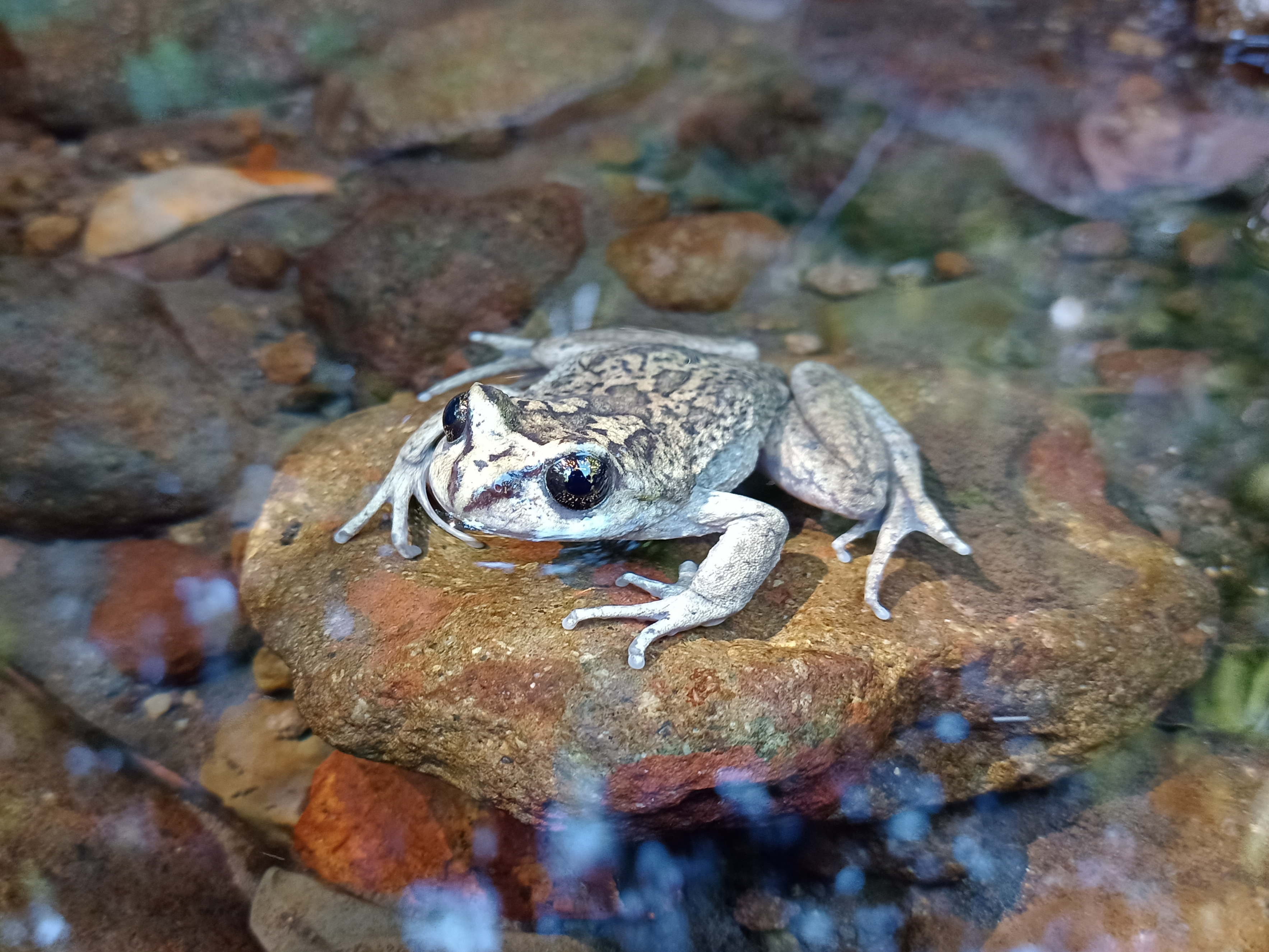Some species are found once, reported, and then seem to have the ability to remain hidden, only to be rediscovered many years later. From golden moles to birds of prey, these species persist despite small populations and tiny distributions. Now, joining this list of rediscovered species is a frog from Chile that was thought to be lost for more than 100 years.
ADVERTISEMENT
French entomologist Philibert Germain discovered the frog in question in Chile in 1893. Using the specimens Germain had collected, German naturalist Rodulfo Amando Philippi then formally described the new species in 1902 as Alsodes vittatus. After that, however, it went missing.
There had been attempts to find it; between 1995 and 2002, researchers searched for the species but had no luck. Later expeditions in 2015 and 2016 were also unsuccessful, though they did find a species belonging to the same genus.
“The main challenge in locating it was the lack of precision in the description of its type locality,” said the latest team to look for the frog – Claudio Correa, Edvin Riveros-Riffo, and Juan Pablo Donoso – in a statement. “In Germain’s time, the Hacienda San Ignacio de Pemehue was an estate of enormous size, and the naturalist did not specify the exact place where he collected the specimens.”
To find the frogs, the team retraced the steps of Philibert Germain, searching inside the Hacienda San Ignacio de Pemehue in 2023 and 2024. This proved a successful idea, as the team uncovered three locations with A. vittatus, marking the first time it had been seen in 130 years. In two additional locations, the team found other frogs belonging to the same genus, A. igneus. DNA was collected from specimens at these locations and used to confirm which species were found.
A. vittatus can also have a distinctive vertical line down its back, which Philippi referenced in the original description. However, this stripe is not present in all the specimens found, so it cannot be trusted as a hard and fast rule for identifying the species.

A female Alsodes vittatus without the stripe.
“The rediscovery of A. vittatus allowed us to obtain, more than a century after its description, the first biological and ecological data on the species. Field observations also indicate that this amphibian faces several significant threats and that it could be considered endangered,” the researchers warn.
ADVERTISEMENT
The IUCN currently classifies A. vittatus as Data Deficient; the researchers strongly suggest a review to evaluate its conservation status now that the frog has been rediscovered.
Source Link: Elusive Striped Frog Species Spotted In Chile For First Time In 130 Years